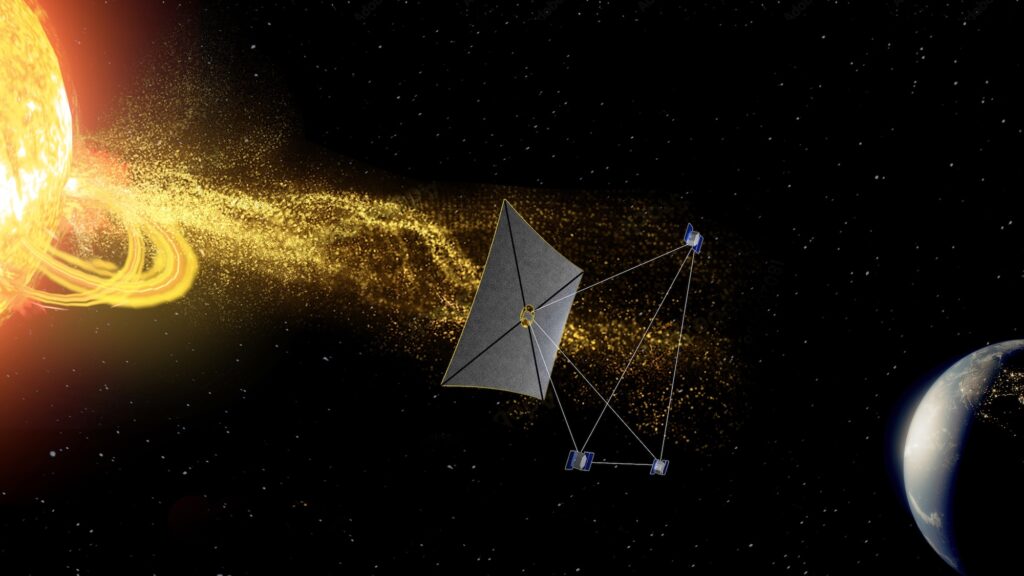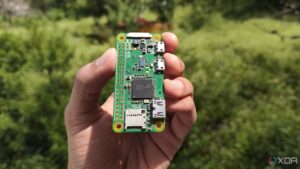
Recent research has unveiled a significant threat to Earth from what scientists are calling “space tornadoes.” These phenomena, linked to solar storms, pose risks to electrical grids, satellite operations, and aviation. In May 2024, eruptions from the sun sent powerful plumes of charged plasma towards Earth, resulting in disruptions such as power outages and altered flight paths.
Astronomers have limited tools to monitor these cosmic events compared to meteorologists tracking storms on Earth. A study from the University of Michigan, published on October 6, 2023, in The Astrophysical Journal, highlights the need for enhanced detection methods for these space tornadoes. Researchers employed advanced computer simulations to demonstrate that our current systems may be ill-equipped to predict these smaller but potentially damaging solar events.
Understanding Space Tornadoes and Their Risks
Solar wind, a continuous flow of charged particles from the sun, interacts with the Earth’s magnetic field, creating geomagnetic storms. The most intense storms are often associated with coronal mass ejections (CMEs), which can span an average of 34 million miles. However, the study indicates that smaller, less detectable flux ropes—ranging from 3,000 to 6 million miles—can also generate significant impacts.
Chip Manchester, a climate and space scientist at UM, emphasized the severity of these smaller storms, stating, “Our simulation shows that the magnetic field in these vortices can be strong enough to trigger a geomagnetic storm and cause some real trouble.” The researchers found that many space tornadoes originate from CMEs interacting with slower-moving solar wind, resulting in spinning plasma formations that can directly affect Earth.
Mojtaba Akhavan-Tafti, a co-author of the study, stressed the national security implications of these findings. He stated, “We need to proactively find structures like these Earth-bound flux ropes and predict what they will look like at Earth to make reliable space weather warnings for electric grid planners, airline dispatchers, and farmers.”
Proposed Solutions: The SWIFT Initiative
One of the proposed solutions to improve detection is the Space Weather Investigation Frontier (SWIFT) project. This initiative envisions a network of four spacecraft launched into a triangular pyramid formation approximately 200,000 miles apart. A fifth hub spacecraft would act as the apex, facing the sun, allowing for enhanced monitoring of solar wind fluctuations.
Current monitoring systems rely on single spacecraft, limiting their ability to capture the full range of solar activity. Manchester likened this approach to attempting to observe a hurricane using data from a single wind gauge. He noted, “You’d see a change in the measurements, but you wouldn’t see the storm’s entire structure.”
The SWIFT mission aims to reduce warning times for approaching solar storms by 40 percent. However, the apex probe will require substantial fuel to counteract the sun’s gravitational pull. Fortunately, this challenge may be addressed by integrating technology from NASA’s Solar Cruiser mission, which aims to deploy a solar sail capable of capturing photon energy to act as a solar anchor in space.
As of now, SWIFT remains a proposal rather than an active mission. Despite its status, the project represents a crucial step towards establishing a more comprehensive system for monitoring solar activity. With advancements in technology, the potential for space tornadoes to impact Earth may be mitigated, marking significant progress in our understanding and preparedness against solar storms.
The implications of this research extend beyond scientific curiosity; they touch on the safety and functionality of modern technological systems reliant on stable space weather. As humanity continues to explore and utilize space, understanding these phenomena will be essential for safeguarding our infrastructure from their unpredictable nature.







